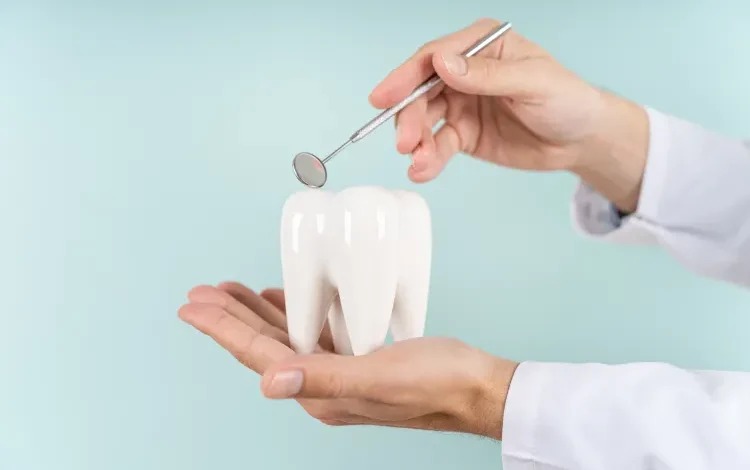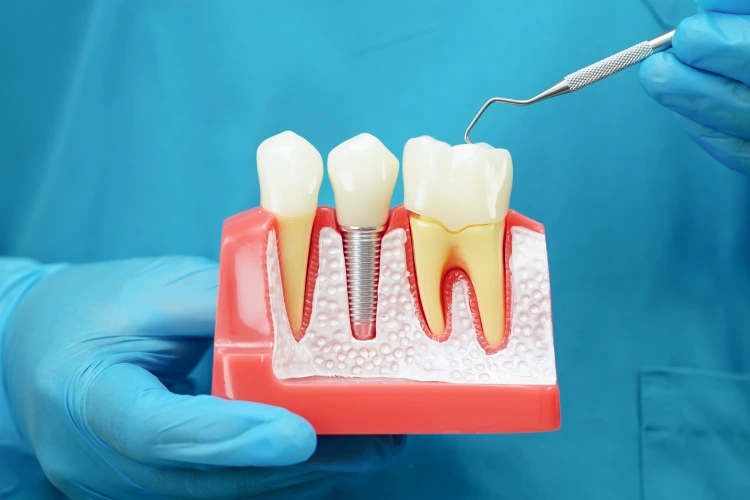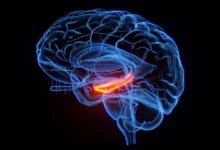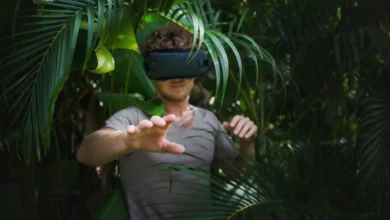Scientists Grow Human Teeth in Lab
A New Study from King’s College London Hints at a Future Where Lost Teeth Could Grow Back Naturally.

In a first-of-its-kind breakthrough, researchers at King’s College London have managed to grow human teeth in the lab. The work opens the door to a future where missing teeth could be replaced not with implants or fillings, but with entirely new teeth grown from a patient’s own cells.
The project, which has been over a decade in the making, centers on creating the right environment for early tooth development. Scientists developed a biomaterial that allows cells to interact just like they would in a developing jaw—something previous attempts hadn’t been able to replicate.
Why It Matters More Than It Sounds

Tooth loss is common, and for many adults, artificial fixes like fillings or implants are the only option—at least for now. Fillings can break down over time and sometimes make the surrounding tooth weaker. Implants, while more durable, involve invasive surgery and don’t always fuse perfectly with the jawbone.
But this new approach could change that. Instead of inserting a synthetic object, scientists could use a patient’s own cells to grow a fully functioning tooth. One that integrates into the jaw, responds to pressure, and even continues to develop like a natural tooth would.
Xuechen Zhang, a researcher involved in the project, explained the difference: “Fillings and implants are mechanical solutions. They fix the damage, but they don’t restore the biology. We’re looking at how to actually regrow the tissue—something that could last longer and behave like the real thing.”
The Science Behind Lab Grown Human Teeth
The key to this research was developing a material that mimics the “matrix” surrounding cells during early tooth development. In past attempts, scientists tried to grow teeth by flooding cells with signals all at once. That didn’t work—cells couldn’t organize properly or form structure.
This time, the new custom-engineered material released those same signals slowly, allowing cells to communicate and differentiate at their own pace.
Once the team saw that cells were beginning to form tooth-like structures, it confirmed they’d recreated the right developmental environment for the first time.
Two Ways to Grow Teeth from Cells
Now that early-stage development has been achieved in the lab, the next challenge is figuring out how to get those teeth into patients’ mouths.
Researchers are exploring two main methods:
Grow the tooth in the mouth – They could transplant immature tooth cells directly into the jaw and let the tooth form naturally in place.
Grow the tooth in the lab – They could grow a complete tooth outside the body and surgically implant it once it’s mature.
Both options start with the same lab-based process, but each offers different benefits. One minimizes lab handling; the other gives scientists more control over how the tooth forms.
A Step Toward Regenerative Dentistry
This work is part of a growing trend in regenerative medicine, where the goal is to heal or rebuild the body using its own biology—no metal, no plastics. In the dental world, that means moving away from mechanical repairs and toward true tissue regeneration.
Dr. Ana Angelova-Volponi, who leads the regenerative dentistry program at King’s, says this shift could eventually redefine how dentists treat tooth loss: “Instead of just filling gaps, we could restore real function. That’s the difference.”
The research is still in its early stages, and clinical use is likely years away. But the foundation is now in place. For the first time, growing a human tooth from scratch is more than just a theory—it’s a working process.
[Source]








